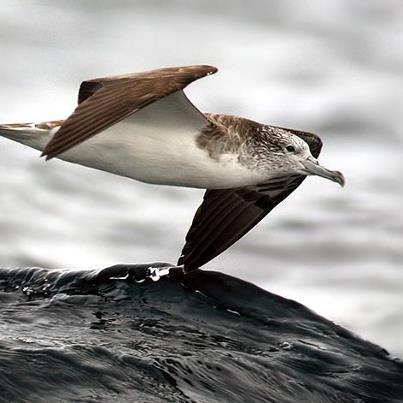Yutaka Watanuki (Graduate School of Fisheries Sciences, Hokkaido University, Japan) and colleagues have published in the journal Marine Ecology Progress Series on mercury concentrations in Streaked Shearwaters Calonectris leucomelas.
The paper’s abstract follows:
“We measured mercury concentration ([Hg]) and nitrogen stable isotope values (δ15N) in tail feathers that were replaced during the non-breeding period of streaked shearwaters Calonectris leucomelas that bred on 3 islands in Japan. The birds’ year-round movements were tracked and their breeding status was monitored. [Hg] was greater in males than in females, and was greatest in those birds spending their non-breeding period in the South China Sea (3.1 ± 1.5 µg g-1 dry weight), moderate in birds in the Arafura Sea (1.5 ± 0.7 µg g-1), and lowest in birds in the Pacific Ocean north of New Guinea (0.8 ± 0.4 µg g-1). Adverse effects of feather [Hg] on breeding status were not observed. This regional variation in feather [Hg] might partly reflect differences in the intake of Hg between these non-breeding areas in addition to accumulation during the late breeding period and the southward migration period.”

Streaked Shearwater at sea
Reference:
Watanuki, Y., Yamashita, A., Ishizuka, M., Ikenaka, Y., Nakayama, S.M.M., Ishii, C., Yamamoto, T., Ito, M., Kuwae, T. & Trathan, P.N. 2016. Feather mercury concentration in streaked shearwaters wintering in separate areas of southeast Asia. Marine Ecology Progress Series 546: 263-269.
John Cooper, ACAP Information Officer, 08 August 2016

 English
English  Français
Français  Español
Español